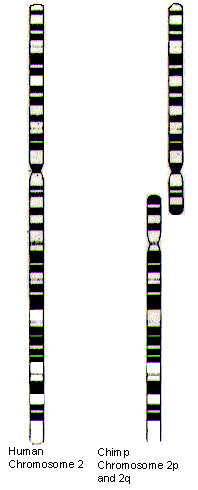This afternoon, I ran across an article by Paul Davies that was being discussed at Telic Thoughts. The article is very interesting and pretty much sum up the belief that I've always had that there are many areas of science which are based upon faith. It's a shame that, in some instances, this scientific faith is considered irrefutible "fact" (as is the case with Darwinian evolution).
In regard to physical laws, Davies writes:
You couldn’t be a scientist if you thought the universe was a meaningless jumble of odds and ends haphazardly juxtaposed. When physicists probe to a deeper level of subatomic structure, or astronomers extend the reach of their instruments, they expect to encounter additional elegant mathematical order. And so far this faith has been justified.
...
Can the mighty edifice of physical order we perceive in the world about us ultimately be rooted in reasonless absurdity? If so, then nature is a fiendishly clever bit of trickery: meaninglessness and absurdity somehow masquerading as ingenious order and rationality.
...
The multiverse theory is increasingly popular, but it doesn’t so much explain the laws of physics as dodge the whole issue. There has to be a physical mechanism to make all those universes and bestow bylaws on them. This process will require its own laws, or meta-laws. Where do they come from? The problem has simply been shifted up a level from the laws of the universe to the meta-laws of the multiverse.
...
[U]ntil science comes up with a testable theory of the laws of the universe, its claim to be free of faith is manifestly bogus.




















